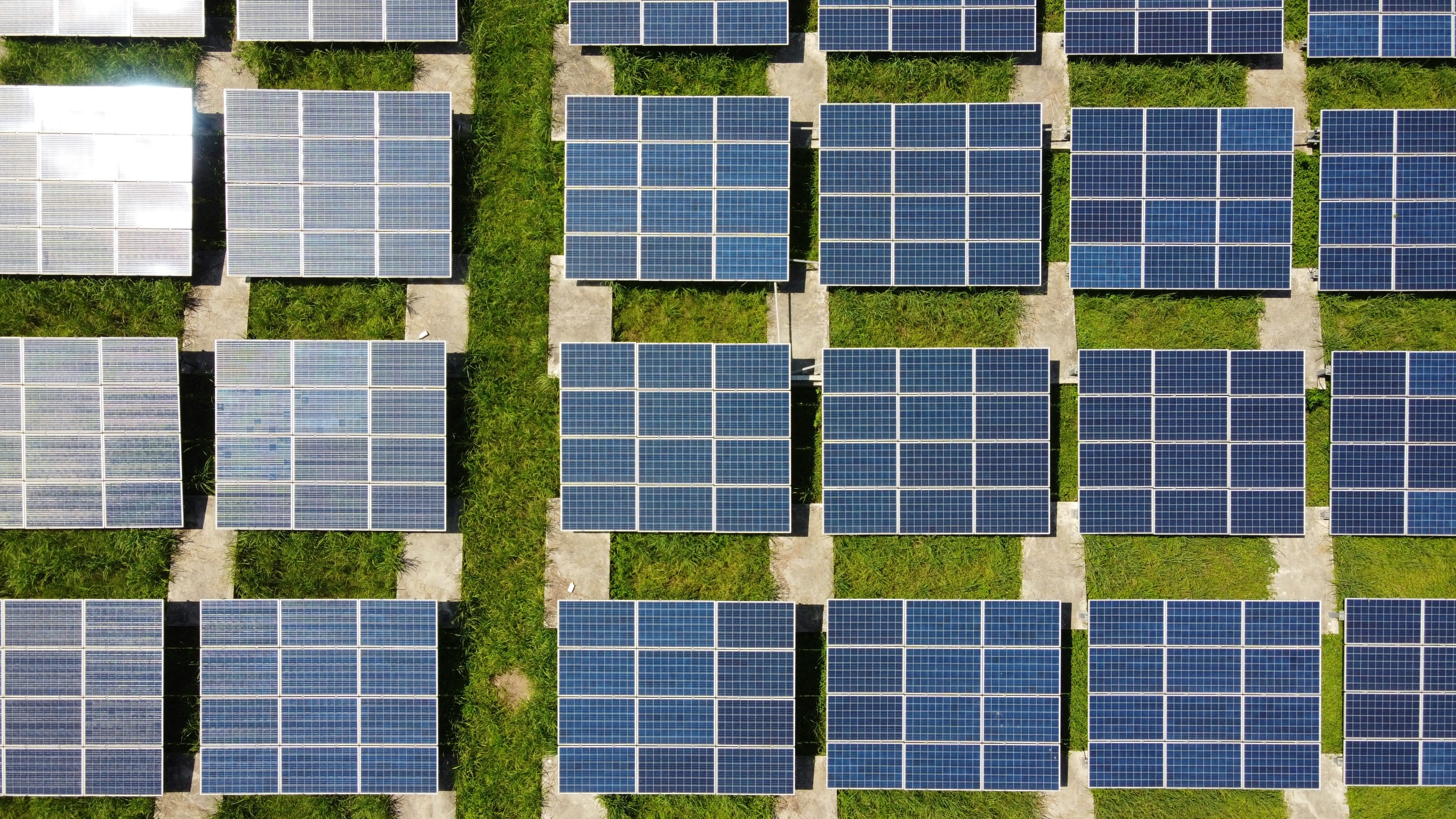The region is currently facing a variety of challenges. These include the rise of China-U.S. rivalry that now stretches across the political, military, economic and technological sectors, the fallout from Russia’s invasion of Ukraine, and the ongoing political and humanitarian crisis in Myanmar. In addition to the impact on their direct stakeholders, the consequences of these developments have also reverberated across the region and the world. Some of these consequences have contributed in the shifting dynamics of security cooperation, socioeconomic disruptions, as well as questions about the effectiveness of multilateral institutions—including the Association of Southeast Asian Nations (ASEAN) and its various forums with dialogue partners—and the rules-based international order. Beyond these recent geopolitical developments, countries in the region continue to have to deal with longstanding challenges such as maritime territorial disputes and the protection of the marine environment, infrastructural and development issues, and climate change. Although many of these issues have typically been in the domain of non-traditional security (alternatively described as the “low-hanging fruits” of regional cooperation), the tenuous geopolitical situation has sometimes led to competitive dynamics in these areas as well.











